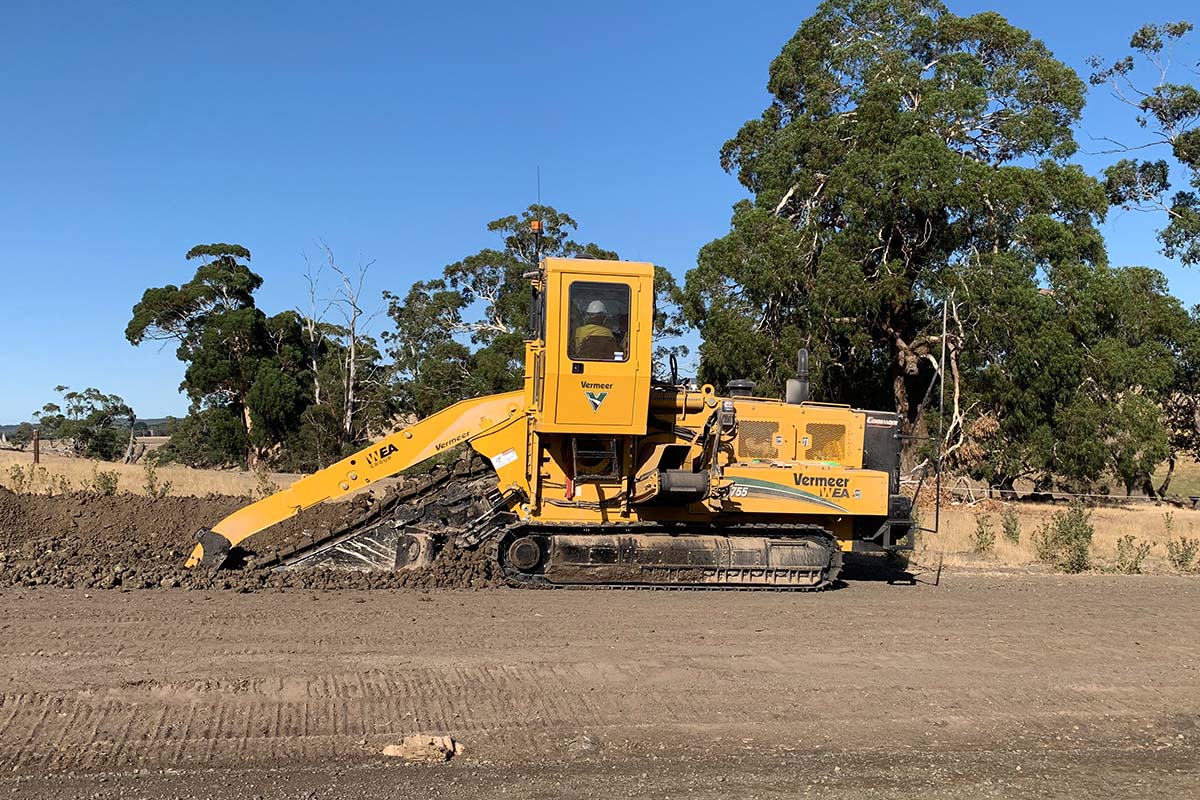WEA Group has been providing underground cabling and civil works for renewable energy projects across the country since 2015. In 2018, the company decided to procure a Vermeer T755 Trencher to complement its fleet.
James McLeod, Director at WEA Group, said, “We own all of our own plant and equipment now. The trencher was the last thing on the list, so we’re fully self-catered for, which is very rare nowadays. A lot of companies are still hiring plant and equipment, so we’re very proud of that.
“We used to hire a trencher, and being able to purchase one has reduced our internal costs. It’s given us more flexibility for when we can actually use the trencher, as well as where we can use it, because we’ve got the flexibility of now being able to move it around a lot more.
“It’s really complemented the fleet, helped our productivity, and made us more efficient as well.”
Research key to decision making
Mr McLeod said the company researched and trialed a number of different trenchers before selecting the Vermeer T755.
“We did a lot of research into what different brands of trenchers were out there, so we looked at some of Vermeer’s competitors too. We looked at bucket wheels, rock wheels, plus other models and machines within the Vermeer offering,” Mr McLeod said.
“We did a lot of research and several trials, with the T955 and the T1055, down to the T558 but we found the T755 was the best for our needs.” Mr MCleod said there were a number of reasons the company chose the T755.
“The main reason we went for the T755 was because of its fuel consumption and reliability. We also looked at factors like how close the nearest service centres were for Vermeer,” Mr McLeod said.
“We loved the fact we could get someone out on-site to do a service, or maintenance if there was ever a fault or an issue, which was a big factor for us as well. We wanted to not only reduce our carbon footprint, but to reduce any downtime if there was an issue with the machine.”
A major feature of the T755 that appealed to WEA Group was its Auto Self Levelling system, which allows the machine to operate on a slight tilt while keeping the trench vertical. “This feature is extremely important when working on wind farms because unfortunately they don’t build wind farms on flat ground, they’re up and down mountains and hillsides.
“Its versatility on different types of terrain was extremely important to us, as well as the dual system on the chain and dual sprocket system to help stop chains slipping and the chain falling off, which reduces downtime.
“It’s a big investment. We’re only a small family company, so it’s very important that we got it right.”
Putting the trencher through its paces
Mr McLeod said that the company put the trencher to work straight away on a wind farm, and within a week it had already covered a lot of land.
“It’s currently on the Lal Lal Wind Farm project cutting a 450m by 1100m deep trench down in Victoria. It’s going up hills and down dales; it’s done some interesting little bits already,” Mr McLeod said.
“It’s done the dam wall crossing, it’s done quite a few B drain crossings, and a little water crossing already. It’s definitely done a lot. It’s probably trenched about 3500m already, so it’s been busy.”
Click here to read the full article in the September edition of Energy Magazine.

 MyDealer:
MyDealer: